Retirement is a milestone that promises freedom, relaxation, and the chance to live life on your terms. But to make that dream a reality, financial security is non-negotiable. For many in India, saving 50 lakhs (5 million rupees) is a popular retirement goal—a corpus that, when combined with other income sources like pensions or rentals, can offer a comfortable lifestyle in your golden years.
The question is: how do you save such a substantial amount? It might feel overwhelming, especially if you’re starting from scratch or juggling other financial responsibilities. But here’s the good news: with the right plan, discipline, and smart decisions, it’s entirely achievable. Whether you’re a 25-year-old just stepping into the workforce or a 45-year-old looking to accelerate your savings, this guide is for you.
Table of Contents
Why Saving for Retirement Matters
Before we get into the “how,” let’s talk about the “why.” Retirement isn’t just about quitting your job; it’s about maintaining your independence and dignity when you’re no longer earning a regular paycheck. In India, where joint families are less common than they once were and inflation keeps creeping up, relying solely on your children or a modest pension isn’t enough anymore.
Saving 50 lakhs might sound ambitious, but it’s a practical target for many. It’s a sum that can generate a decent annual income—say, 2 lakhs per year if you follow the 4% withdrawal rule—while leaving room for emergencies and leisure. The earlier you start, the easier it becomes, thanks to the magic of compounding. But even if you’re starting late, don’t worry—there’s still a way forward.
So, let’s get started on this journey to financial freedom. Here’s how you can save 50 lakhs for retirement, step by step.
Step 1: Understand Your Retirement Needs
Saving 50 lakhs starts with knowing why that number matters to you. Everyone’s retirement looks different, so let’s figure out what yours might cost.
Key Factors to Consider
- Life Expectancy: Indians are living longer, with average life expectancy now hovering around 70-75 years. Plan to live at least 20-30 years post-retirement.
- Inflation: A loaf of bread that costs ₹30 today might cost ₹100 in 30 years. Inflation erodes your purchasing power, so your savings need to grow faster than it.
- Lifestyle: Do you want to travel the world, or settle in your hometown with a simple life? Your retirement dreams shape your savings target.
- Healthcare: Medical costs skyrocket with age. A single hospitalization could wipe out years of savings if you’re not prepared.
- Dependents: If you’re supporting kids, a spouse, or aging parents, factor that in.
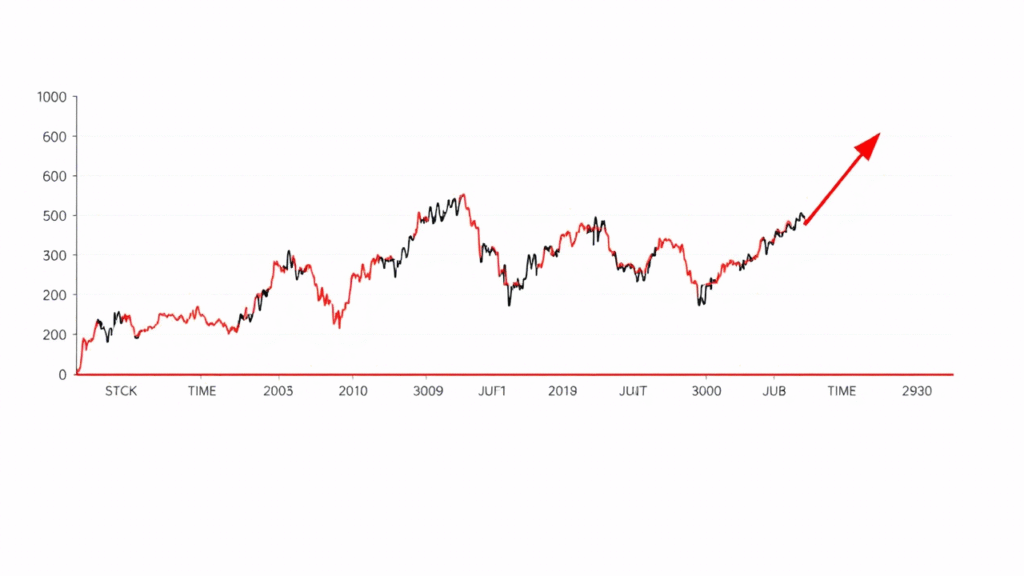
A Quick Calculation
The 4% rule is a handy benchmark: it suggests you can withdraw 4% of your savings annually without running out of money too fast. For 50 lakhs, that’s ₹2 lakhs per year, or about ₹16,500 per month. Will that cover your expenses? If not, you might need more—or a plan to supplement it with rental income or a pension.
For a personalized estimate, try an online retirement calculator or consult a financial advisor. But for now, let’s assume 50 lakhs is your goal and move forward.
Step 2: Set Clear Financial Goals
A big goal like 50 lakhs feels less intimidating when you break it into bite-sized pieces. Let’s see how this works with an example.
Meet Ramesh
Ramesh is 30 years old, earns ₹50,000 a month, and wants to retire at 60 with 50 lakhs. That gives him 30 years to save. How much should he set aside each month?
Assuming an average annual return of 8% (realistic for a balanced investment portfolio), a Systematic Investment Plan (SIP) calculator shows he needs to invest about ₹2,500 per month. Over 30 years, with compounding, this grows to 50 lakhs.
Here’s the math simplified:
- Time Horizon: 30 years (360 months)
- Target: ₹50,00,000
- Expected Return: 8% per year
- Monthly Savings Needed: ~₹2,500
If Ramesh starts at 40 instead, with only 20 years left, he’d need to save around ₹6,700 per month at the same 8% return. The lesson? Time is your biggest ally—start early!
How to Set Your Goals
- Define Your Timeline: How many years until you retire?
- Estimate Returns: Be realistic—8-12% for equity-based investments, 6-7% for safer options.
- Calculate Monthly Savings: Use an SIP calculator or this formula:
Future Value = P × [(1 + r)^n – 1] / r
(Where P is monthly investment, r is monthly rate, n is months.) - Break It Down: Turn the monthly target into a daily habit—₹2,500/month is just ₹83/day!
Step 3: Choose the Right Investment Strategies
Saving isn’t enough—your money needs to grow. In India, we’re spoilt for choice with investment options. Here’s a rundown of the best ones for retirement.
Top Investment Options in India
| Option | Returns (Approx.) | Risk | Lock-In | Tax Benefits |
|---|---|---|---|---|
| PPF | 7.1% | Low | 15 years | Yes (Section 80C) |
| EPF | 8-8.5% | Low | Till retirement | Yes (Section 80C) |
| NPS | 8-12% (market-linked) | Medium | Till 60 | Yes (80C + 80CCD) |
| Mutual Funds (SIP) | 10-15% (equity) | Medium-High | None | ELSS: Yes (80C) |
| Stocks | 12-20% | High | None | No |
| Fixed Deposits | 5-7% | Low | Varies | No |
| Real Estate | 6-10% + rental | Medium-High | Illiquid | Limited |
| Gold | 5-8% | Medium | None | No |
1. Public Provident Fund (PPF)
A safe, government-backed option with tax-free returns. Perfect for risk-averse savers, though the 15-year lock-in means it’s a long-term commitment.
2. Employee Provident Fund (EPF)
If you’re salaried, your employer already contributes to this. It’s a solid foundation, offering steady returns and tax benefits.
3. National Pension System (NPS)
A flexible, market-linked scheme with tax deductions up to ₹2 lakhs (80C + 80CCD). You can choose your equity-debt mix, balancing growth and safety.
4. Mutual Funds
Equity mutual funds via SIPs are ideal for long-term growth. A ₹2,500 monthly SIP at 12% could grow to 50 lakhs in 25 years!
5. Stocks
High risk, high reward. Best for those who can research and stomach volatility.
6. Fixed Deposits
Safe but low returns after inflation. Use them for short-term parking, not retirement.
7. Real Estate
Great for rental income, but it’s capital-intensive and less liquid.
8. Gold
A hedge against inflation, but don’t overdo it—5-10% of your portfolio is enough.
Ramesh’s Portfolio
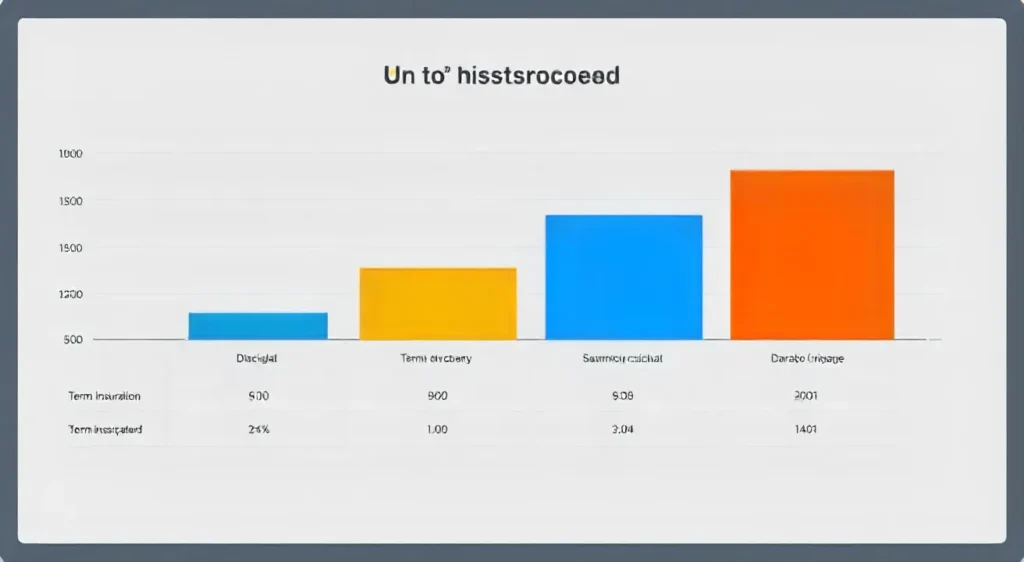
Ramesh could diversify like this:
- 50% in Equity Mutual Funds: For growth (₹1,250/month)
- 30% in PPF: For safety (₹750/month)
- 20% in NPS: For balance (₹500/month)
Adjust based on your risk appetite and timeline.
Quote: “The stock market is a device for transferring money from the impatient to the patient.” – Warren Buffett
Step 4: Budget Like a Pro
Saving ₹2,500 or more each month requires discipline. Here’s how to make it happen.
Budgeting Tips
- Track Spending: Use apps like Moneycontrol or a simple Excel sheet.
- Follow the 50-30-20 Rule: 50% needs, 30% wants, 20% savings/investments.
- Cut Back Smartly: Skip that extra coffee or OTT subscription.
- Automate Savings: Set up SIPs or auto-debits to investment accounts.
- Boost Income: Freelance, upskill, or negotiate a raise.
Ramesh’s Budget
- Income: ₹50,000/month
- Expenses: ₹35,000 (70%)
- Savings: ₹15,000 (30%)
- ₹2,500 for retirement
- ₹12,500 for other goals/emergencies
Small sacrifices today—like cooking at home more often—can add up big over 30 years.
Step 5: Leverage Tax Planning
In India, tax-saving investments double as retirement tools. Maximize these deductions:
- Section 80C (₹1.5 lakhs): PPF, EPF, ELSS mutual funds.
- Section 80CCD (₹50,000): NPS contributions.
- Section 80D: Health insurance premiums.
By reducing your taxable income, you free up more money to save.
Step 6: Manage Risks
Life is unpredictable. Protect your savings with:
- Emergency Fund: 6 months’ expenses in a savings account or FD.
- Insurance: Health (₹10-15 lakhs cover) and term life (10x your annual income).
- Diversification: Don’t put all your eggs in one basket.
Step 7: Monitor and Adjust
Your plan isn’t static. Review it annually:
- Are your investments performing?
- Has your income or expenses changed?
- As retirement nears, shift from equity to debt for stability.
Conclusion: Your Retirement, Your Rules
Saving 50 lakhs for retirement isn’t a pipe dream—it’s a goal you can hit with planning and persistence. Start small, stay consistent, and let compounding do the heavy lifting. Whether it’s sipping chai in the hills or jetting off to Goa, your retirement is worth every rupee you save today.
Ready to take the first step? Calculate your monthly target, pick an investment, and start today. Your future self will thank you!
FAQs
- How much should I save monthly for 50 lakhs?
Depends on time and returns. At 8% over 30 years, it’s ~₹2,500/month. - What if I start late?
Increase monthly savings (e.g., ₹6,700 over 20 years at 8%) or opt for higher-return options. - Is 50 lakhs enough?
It varies. For modest living with other income, yes. For luxury, maybe not. - Best investment for retirement?
A mix of PPF, NPS, and mutual funds works for most. - Can I rely on EPF alone?
It’s a start, but diversify for a bigger corpus.





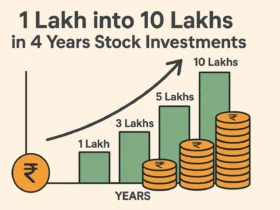
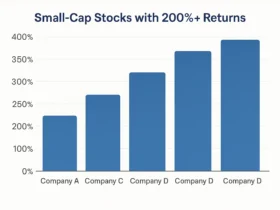














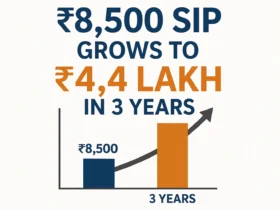



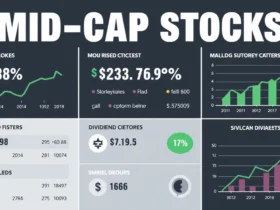



Leave a Reply